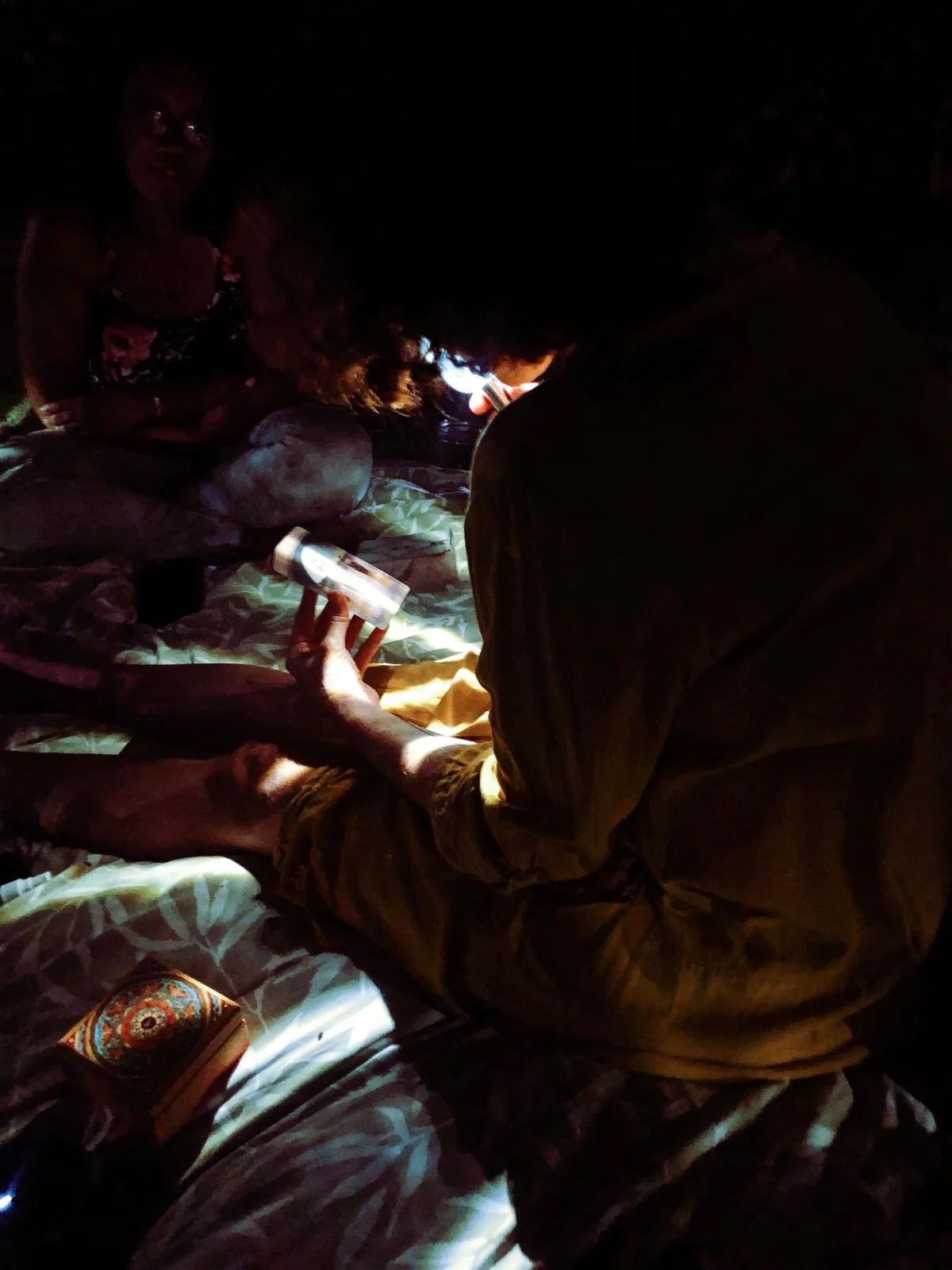#Curator
Bahamian Art & Culture shares an exclusive and intimate interview, as I reflect on the work done after four + years as Chief Curator of NAGB. I share my experiences while at the institution, thoughts on the Bahamian art community, all-around successes and regrets, what I would have done differently.
"Conversations in Isolation" is a series of ongoing dialogues with artists, writers, social scientists, queer activists, curatorial collectives, historians and indigenous thinkers, around the effects of COVID-19 in our local and global contexts from a Central American and Caribbean perspective. These conversations published periodically in Buchaca Generosa [Generous Pocket], a biweekly digital magazine edited by Daniela Morales Lisac and M. Paola Malavasi, and published by TEOR/éTica. For Buchaca #4, I speak with Miguel A. Lopez about implications for the Caribbean creative ecology and more personally towards the opportunity of this moment.
In her solo exhibition ‘...there are always two deaths’ Tessa Whitehead speaks towards the landscape, violence, cycles of life and the inner workings of nature in conjunction with the sacred feminine. This writing takes us into her world of myth, magic, family trees, secrets and transformations.
Storytelling, mythology and ritual are at the heart of Lavar Munroe’s practice. The narrative arc of ‘Son of the Soil’ parallels Joseph Campbell’s ‘Monomyth’, where the hero embarks on an adventure, finds mentorship and hones in on skills while sinking ever deeper into the abyss, until he is sharpened in the darkness to ascend from the unknown realm of spirit with new gifts. How does one learn from the hard lessons of the loss we encounter during the hero’s return? Here, the cycle is exposed, articulated and formed.
National institutions in the Caribbean are in a unique position to focus on expanding beyond the "National," by cultivating an ethos that impacts its local audiences that can be felt beyond their shores through dynamic programming which remains critical of its position, history and stories. Dominican artist Joiri Minaya unearths the intention behind her socio/political and feminist pracitce as a part of the Double Dutch series of intra-Caribbean exhibitions.
In a place like The Bahamas—and the wider Caribbean—the omnipresent cultural amnesia connected to slavery lingers and permeates the very essence of how we come to know ourselves. In this essay, I write about Scottish artist Graham Fagen’s ‘The Slave’s Lament’ and the counter-discourse amongst postcolonial Bahamian artists and thinkers who contest, poetise and extend charged narratives in multifocal and dynamic ways.
‘Traversing the Picturesque: For Sentimental Value’ is a historical survey that includes works produced from 1856-1960 by visiting artists and expatriates to The Bahamas, who were inspired by the then colony’s landscapes, people, luminescence, coastlines, seas and bustling lifestyles. In this overview, I detail how the birth and development of colonialist imagery continues to have a long-standing and far-reaching impact on the global continuation of the iconographic status of The Bahamas as a haven, a place of respite and paradise.








This is a project that wasn’t realized.
It sat in the walls of the museum for weeks before it found its home elsewhere.
It was uncomfortable in space.
It was the one of many orphaned to the institution, yet it is still sounding,
resounding.
A warning and a battle cry.
Bodies are no longer held in check, here they run...they make noise and are unafraid.